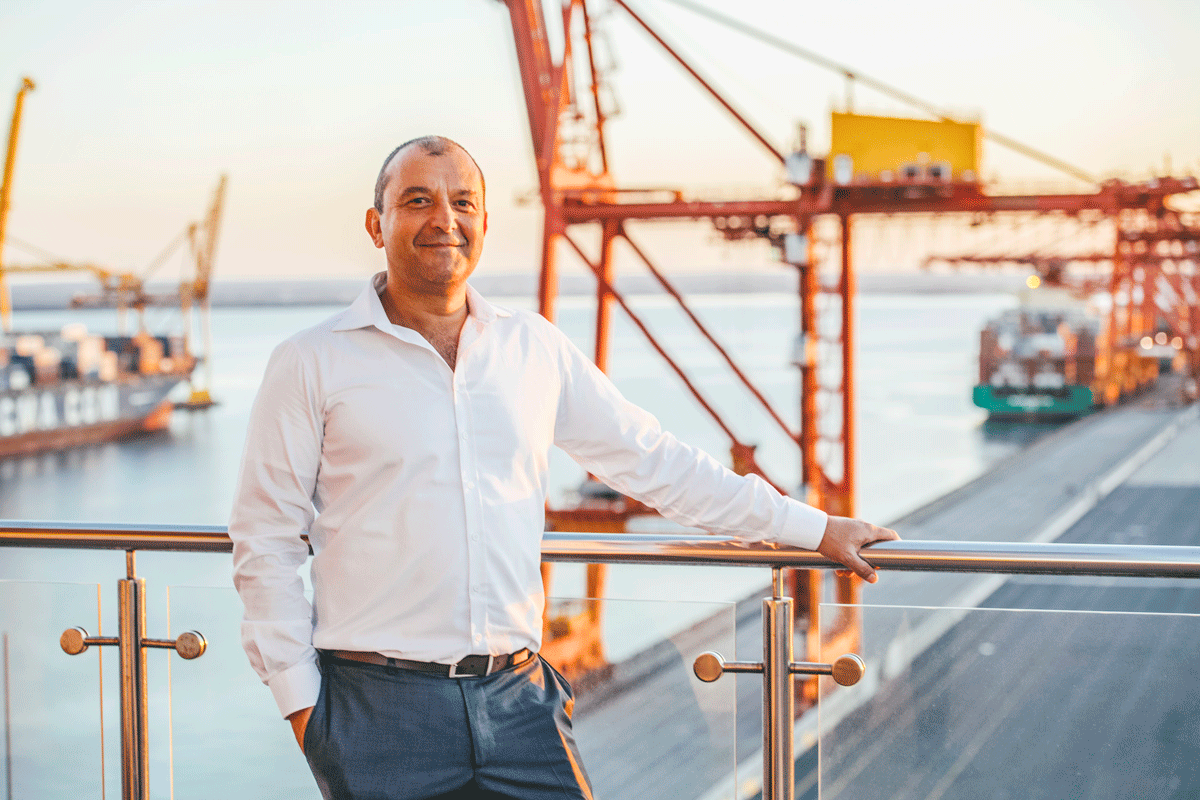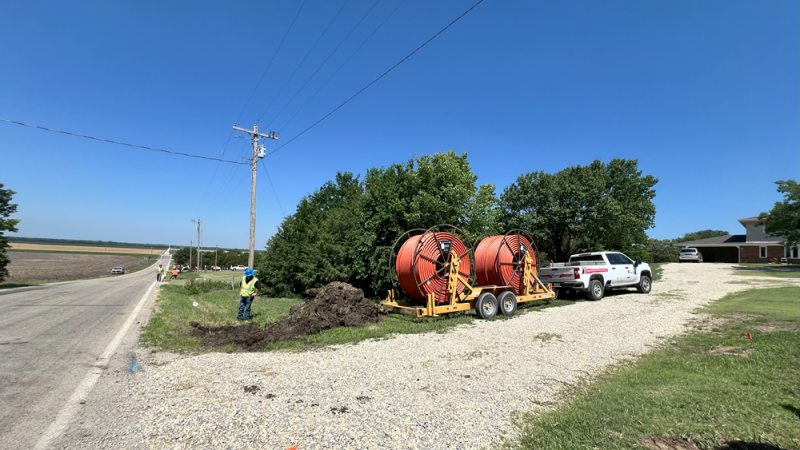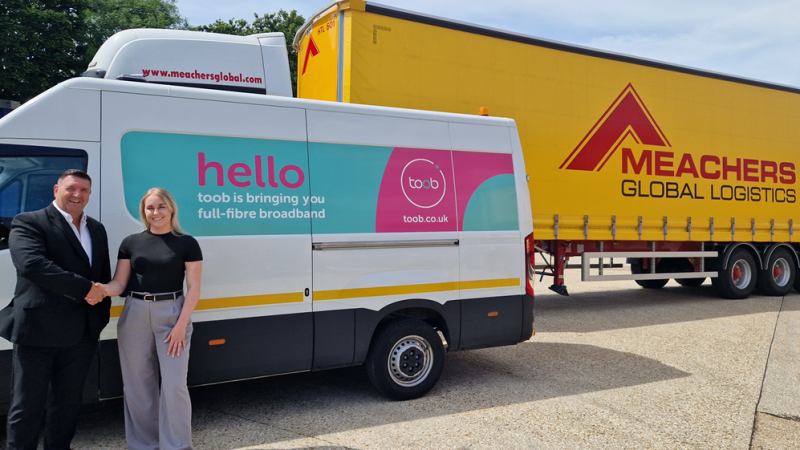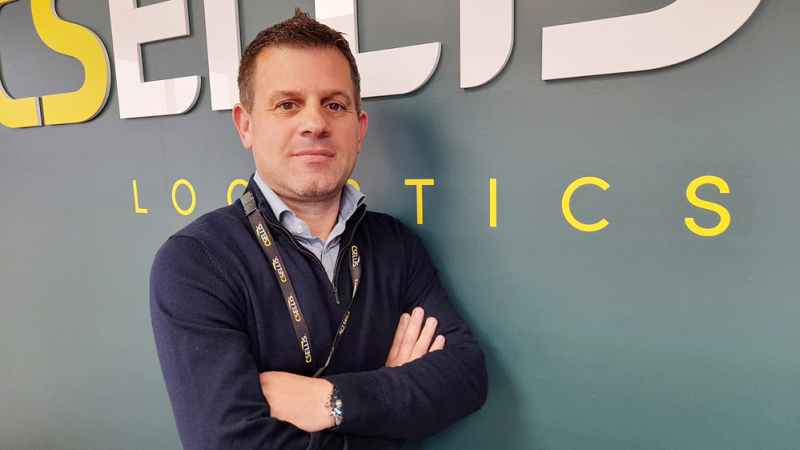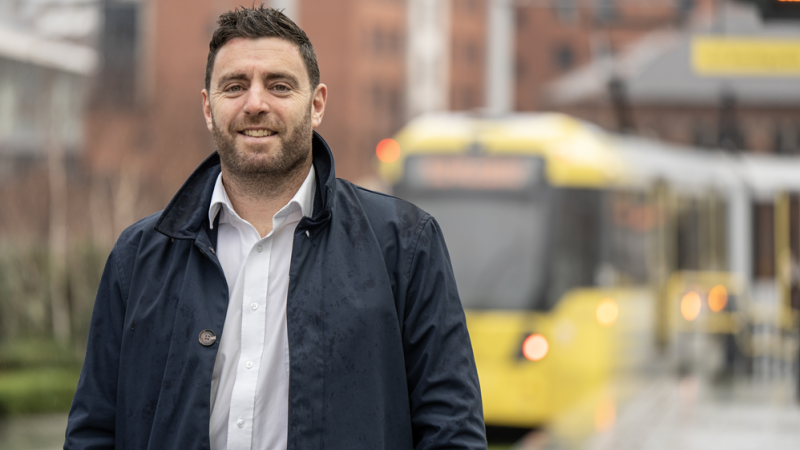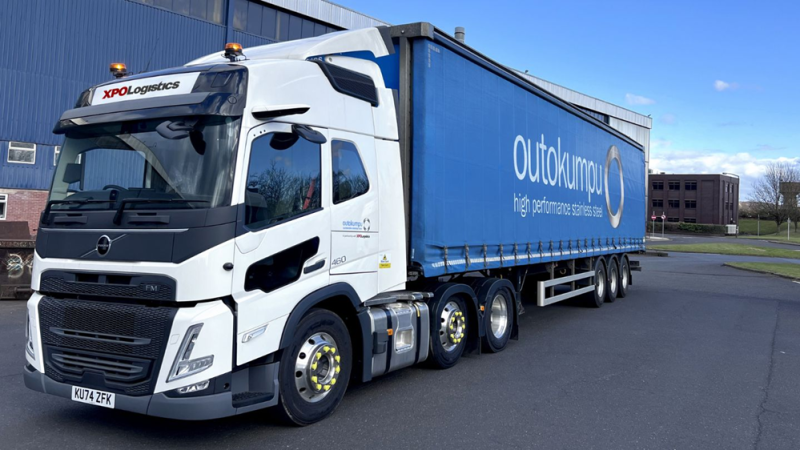Founded in May 1919 by Captain James R. Patrick, Patrick Terminals began business as the Patrick Steamship Company Ltd shipping freight out of Sydney, servicing the east coast of Australia. By 1925 Patrick was operating as both shipping line and stevedore company, gradually expanding interstate.
Today, Patrick Terminals is Australia’s leading container terminal operator, handling over three million TEU per annum, and operating some of Australia’s most technologically advanced container terminals at four strategically located ports, servicing the largest markets across Australia – Sydney, Brisbane, Melbourne and Fremantle.
“We seek to deliver superior services by investing in people, technology and infrastructure to deliver capacity and efficiency for both importers and exporters in Australia”, says CEO Michael Jovicic. “For example, we own and operate the largest container handling cranes in Australia and can service the largest vessels currently calling at Australian ports.”
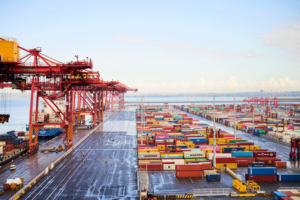 The right talent
The right talent
Most importantly, however, Patrick Terminals’ hard-earned reputation for innovation and performance has been the result of a team of high-calibre people. “Employing a highly experienced and capable team that is fully empowered has been one of our advantages.”
“Patrick Terminals has a long-standing executive team who are focused on setting clear objectives, driving business outcomes, and positioning the business for future success. This has driven a clear organisational focus which has helped attract and retain exceptional talent who flourish in a relatively flat organisational structure where individuals are encouraged and empowered to proactively drive their respective areas of the business,” says Jovicic.
He further notes that the company actively works to build a culture of inclusion and diversity in an industry that has historically had a long history of being male dominated. In 2015, the organisation launched the WILpower program, which is a two-year structured program providing on the job learning in key operational roles and key areas of operations for female staff.
“Since the introduction of the programme, the number of women in operational leadership roles has increased significantly. In 2014, there were just three women employed in frontline operational roles, today over 30% of operational management roles are held by female staff across the Patrick business and this continues to grow.”
Investing in the future
Jovicic explains that over the past 10 years, Patrick Terminals has invested close to $1 billion in enhancing both quayside and landside operations, to drive efficiency and capacity across terminals, solidifying its position as the leading container terminal operator in Australia. Novel technologies have been part of that investment: as an example, Patrick Terminals – Brisbane AutoStrad was the first terminal in the world to operate with Australian designed AutoStrad robotic container handling technology.
Alongside investment in the quayside, the focus has also been on driving efficiency and innovation in optimising the landside, leading the industry in working collaboratively with landside operators to explore ways to enhance efficiencies, systems and processes that deliver stronger outcomes across the supply chain.
A good example is an automated on-dock rail terminal that the company has been constructing over the past four years at its Sydney AutoStrad Terminal, the largest container terminal by capacity operating at Port Botany, to help facilitate the modal shift to freight movements on rail. This world-leading automated rail terminal has been a collaborative project jointly funded by NSW Ports and Patrick Terminals, with the purpose of delivering on-dock rail incorporating three automated rail-mounted gantries (ARMG) and four 600m rail sidings.
“The strategic move towards rail not only enhances operational efficiency and supports the modal shift to rail, but also serves as an important step towards supporting a reduction in COs emissions by moving trucks off the road. The project has delivered a significant increase in rail capacity from 200k to more than 500k TEU,” says Jovicic.
Recent investment also includes the Patrick PortRail project completed in 2023, as part of the $125 million Port of Melbourne Transformation Project that represents a step change in cargo movement. Also in 2023, a $50 million investment has delivered upgrades at Patrick Terminals – Fremantle which has improved terminal interfaces with the North Quay Rail Terminal. Again, these enhancements aim to facilitate efficient landside interfaces and encourage increases in the rail mode share.
“On the vessel side, we are embracing hybrid technology, having commenced investment in ten Kalmar hybrid straddles for the Patrick Melbourne terminal,” adds Jovicic. “Expected to be commissioned in 2024, these straddles align with Patrick Terminals’ commitment to reducing its carbon footprint and promoting sustainability, with potential fuel consumption reductions of up to 40%.”
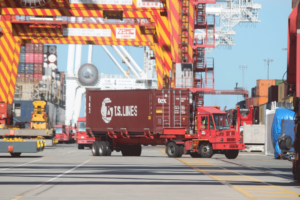 Staying at the forefront
Staying at the forefront
The focus on innovative solutions have helped to move the company to its prime position and this will remain unchanged as the world moves into the digital era. To this end, Patrick Terminals has teamed up with OneStop to launch OptiBook, a cutting-edge container management solution integrated with the OneStop Vehicle Booking System.
This game-changing technology is poised to deliver a multitude of benefits to Patrick Terminals’ clients, says Jovicic. “OneStop has created a container booking system that promises to optimise landside container management, and we are delighted to join forces with them to introduce this innovation to the market.”
“OptiBook will provide improved container visibility, real-time booking options based on container availability, ultimately reducing dwell time, and enhancing the flow of trucks through our terminals. This is a win-win for transport operators, truck drivers, and our terminal team.”
The CEO affirms that going forward, Patrick will continue to invest in market-leading innovation and infrastructure as Australia’s leading terminal operator, with a view to delivering exceptional customer service.
“Supply chains are evolving rapidly, and our challenge is to evolve with these changes. Our focus will be on terminal productivity to ensure we are optimising our performance for both our shipping line and transport operators. Patrick will continue to evolve to meet the demands of the industry by investing in our people, infrastructure, and innovation, with a heightened focus on the decarbonisation of our operations.”
